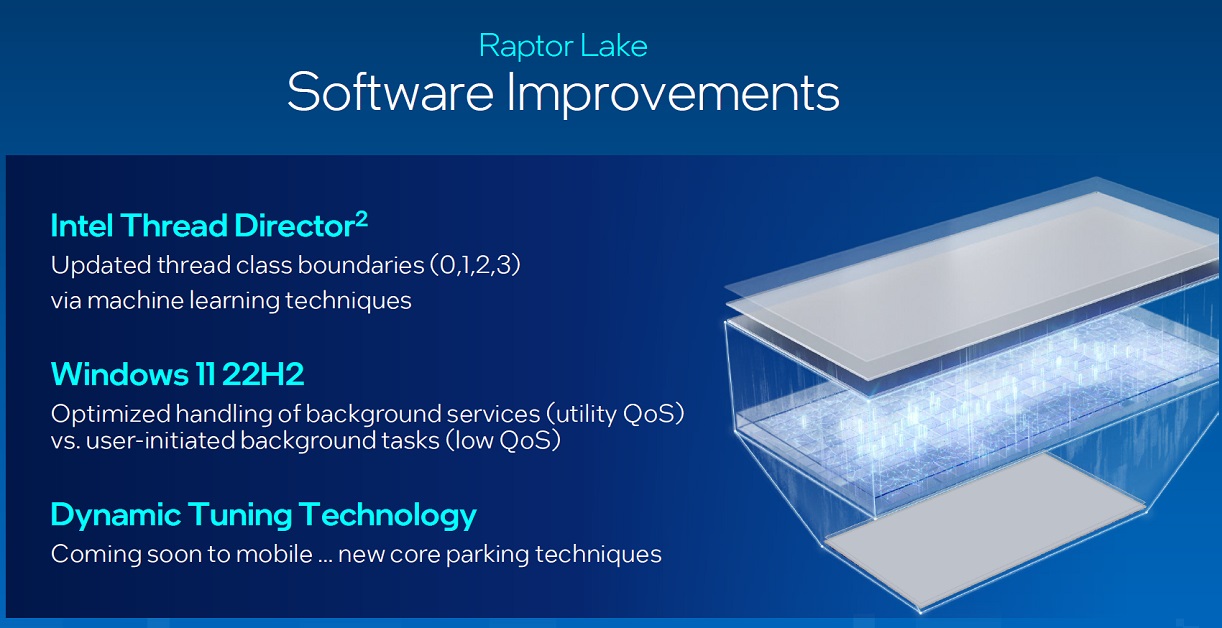
The Redmond Giant has updated the official list of Windows 11 requirements, and it has done so to introduce the new processors that have hit the market in recent weeks. Microsoft has also taken advantage of the release of Windows 11 version 22H2 to fully support Ryzen 7000 and Intel Core Gen13, also known as Intel Raptor Lake-S.
Both processors already have official support from Microsoft in Windows 11, an operating system that generated strong controversy at its launch due to the increase in requirements that it entailed compared to Windows 10and because it left without official support processors that are still quite powerful today, and that can cover the needs of many users without problems.
I am talking about the Ryzen 1000 and the Intel Core Gen7, which do not meet the requirements of Windows 11. However, as a curious note, Microsoft it did support Intel Core-X based on the same architecture used by Core Gen7. The company has reiterated on several occasions that it will not change its mind, and that it will not support Zen or Kaby Lake.
At the moment, the requirements of Windows 11 are kept to a minimum that we all knew, that is, we will need at least a Zen + processor (Ryzen 2000) or a Core Gen8, 4 GB of RAM and 64 GB of free space to be able to use said operating system with full support. If we install this operating system on a computer with a Ryzen 1000 or Core Gen7 processor, it will work, but we could have stability and support problems in the medium or long term.
Windows 11 is an operating system that is fully prepared and optimized to take advantage of the hybrid design used by Raptor Lake-S processors, to such an extent that this is, in fact, the option recommended by Intel itself. The 22H2 update should have further improved the integration and use of that design, though we shouldn’t expect significant performance gains.
I remind you that the management of the P cores (high performance) and the E cores (high efficiency) of the Raptor Lake-S processors is done both at the software and hardware level, since these processors are equipped with the 2nd generation Intel Thread Director systemand this is, in the end, the real “conductor” who is in charge of the distribution of threads.




